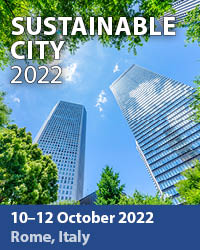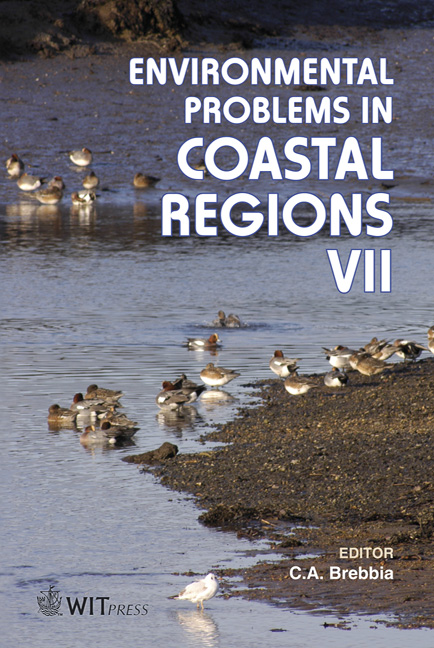Modeling Riverbank Stability And Potential Risk To Development In The Penobscot River Estuary Of Maine, USA
Price
Free (open access)
Transaction
Volume
99
Pages
8
Page Range
111 - 118
Published
2008
Size
335 kb
Paper DOI
10.2495/CENV080101
Copyright
WIT Press
Author(s)
N. A. Briggs, R. Freeman, S. LaRochelle, H. Theriault, R. J. Lilieholm & C. S. Cronan
Abstract
The Penobscot River Watershed drains nearly one-quarter of the State of Maine (23,180 km2). The River’s estuary stretches 40-km, from the fall line at presentday Bangor, to the Penobscot Bay along Maine’s rugged \“Downeast” Atlantic coast. This lower stretch of the River, along with much of coastal Maine, is experiencing increased development pressures and was recently ranked first in the Nation in the amount of forestland at risk from future development. Within this region, shorelands are at greatest risk due to ready access and high amenity values. Such development poses significant risks to a wide range of ecosystem services and is in turn at risk from unstable shorelands and bank erosion. Maine’s 1971 Shoreland Zoning Act restricts land use, vegetation management, and the location of structures within shoreland zones. The law’s effectiveness, however, is oftentimes compromised by its implementation at the municipal level, where resources and expertise are limited. This paper develops a logistic regression model of bank stability for a 15.2-km section of the River’s estuary based on natural and regulatory variables (i.e., current land cover, land use, vegetation type and density, and structure setback). Results indicate that bank stability is positively correlated with greater structure setbacks and increased vegetation density and size along the riverbank. Model predictions suggest that 24% to 92% of the riverbank is at risk of increased erosion from future development. These predictions are then used to evaluate the effectiveness of existing land use ordinances under current and future development scenarios – particularly with regard to structure setbacks and vegetation removal guidelines. Keywords: ecosystem services, erosion, logistic regression, shorelands, structural setbacks, urbanization, wetlands.
Keywords
ecosystem services, erosion, logistic regression, shorelands, structural setbacks, urbanization, wetlands.





